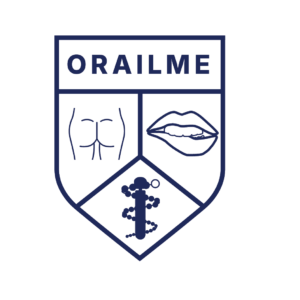I’m far from the first to say the way we consume journalism is changing. Nor am I the first to say the Campus Times is working to change with it.
In the final ed observer of last semester, our publisher described how we adapted. A year ago, we made the shift from publishing weekly print editions to printing monthly, while still releasing content weekly online. Last semester, we significantly ramped up our Facebook activity. In addition to changing how we distribute our content, we’ve also started to explore new types of content, like videos and a timeline following the story of the Department of Public Safety’s controversial proposal last year.
And yet, despite our forays into these formats, we at the Campus Times have largely stuck to the traditional newspaper format.
Indeed, it is our responsibility to meet our readers where they are. At the same time the format is effective, efficient, and reliable. A well executed newspaper-style piece — tight and informative — is rewarding to write, edit, and read. All parties leave the piece more knowledgeable than before. While I’m very proud of our explorations of different forms, much of our best work is produced the old-fashioned way. I advise doubters to look to this gripping article on a visiting journalist and this immersive piece on a comedy show.
Our job, first and foremost, is to inform our readers as best we can. This means that we must prioritize transparency and efficiency in our stories. At the end of the day, written articles are our most effective method for conveying stories of truth to consumers.
The truth is that the old and new methods can — and must — co-exist. We are looking to expand our video work. In order to do that, we’ll need people familiar with cameras, videography, recording, and editing. But we’ll also need people with a sense of journalistic efficiency, ethics, standards, and storytelling.
On top of that, sticking to the words-on-paper format can also allow us to play with new things. Take this new series which gets perspectives directly from the UR community, or this feature exploring Rochester through the Orange Line. Both of those are relatively new to the Campus Times in their application of depth and style to their subject matters, if not in format.
And so, as journalists, we strive for the best of both worlds, sticking to the old tried-and-true methods of delivering informative and factual journalism, while dipping our toe — occasionally cannonballing — into the new opportunities our era has given us.


